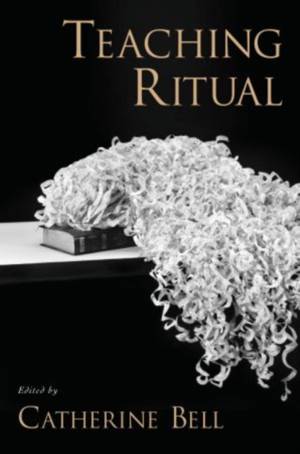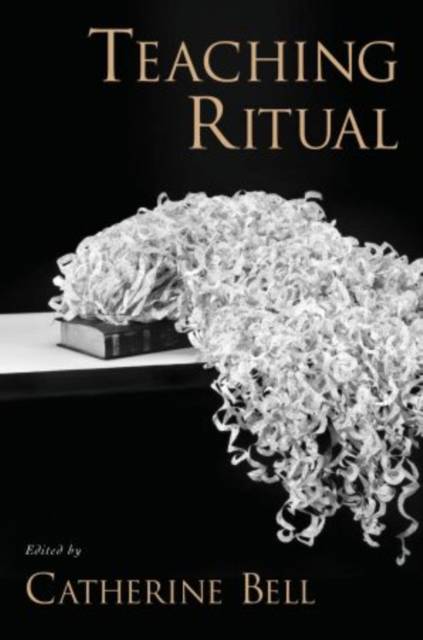
- Retrait gratuit dans votre magasin Club
- 7.000.000 titres dans notre catalogue
- Payer en toute sécurité
- Toujours un magasin près de chez vous
- Retrait gratuit dans votre magasin Club
- 7.000.0000 titres dans notre catalogue
- Payer en toute sécurité
- Toujours un magasin près de chez vous
Description
Many teachers share an interest in bringing a better appreciation of ritual into their religious studies classes, but are uncertain how to do it. Religious studies faculty know how to teach texts, but they often have difficulty teaching something for which the meaning lies in the doing. How do you teach such "doing"? How much need be done? How does the teacher talk about the religiosity that exists in personalized relationships, not textual descriptions or prescriptions? These practical issues also give rise to theoretical questions. Giving more attention to ritual effectively suggests a reinterpretation of religion itself-an understanding less focused on what people have thought and written, and more focused on how they engage their universe. Many useful analyses of ritual derive from anthropological and sociological premises, which may be foreign to religious studies faculty and even seen by some as theologically problematic. This is the first resource to address the issues specific to teaching this subject. A stellar cast of contributors, all scholars of ritual and teachers experienced in using ritual in a wide variety of courses and settings, explain what has worked for them in the classroom, what has not, and what they have learned from the experience of being more real about religion. Their voices range from personal to formal, their topics from ways to use field trips to the role of architecture. The result is a rich guide for teachers who
are new to the subject as well as the experienced willing to think about new angles and fresh approaches.
are new to the subject as well as the experienced willing to think about new angles and fresh approaches.
Spécifications
Parties prenantes
- Editeur:
Contenu
- Nombre de pages :
- 320
- Langue:
- Anglais
- Collection :
Caractéristiques
- EAN:
- 9780195176452
- Date de parution :
- 11-05-07
- Format:
- Livre relié
- Format numérique:
- Genaaid
- Dimensions :
- 239 mm x 160 mm
- Poids :
- 564 g

Les avis
Nous publions uniquement les avis qui respectent les conditions requises. Consultez nos conditions pour les avis.





